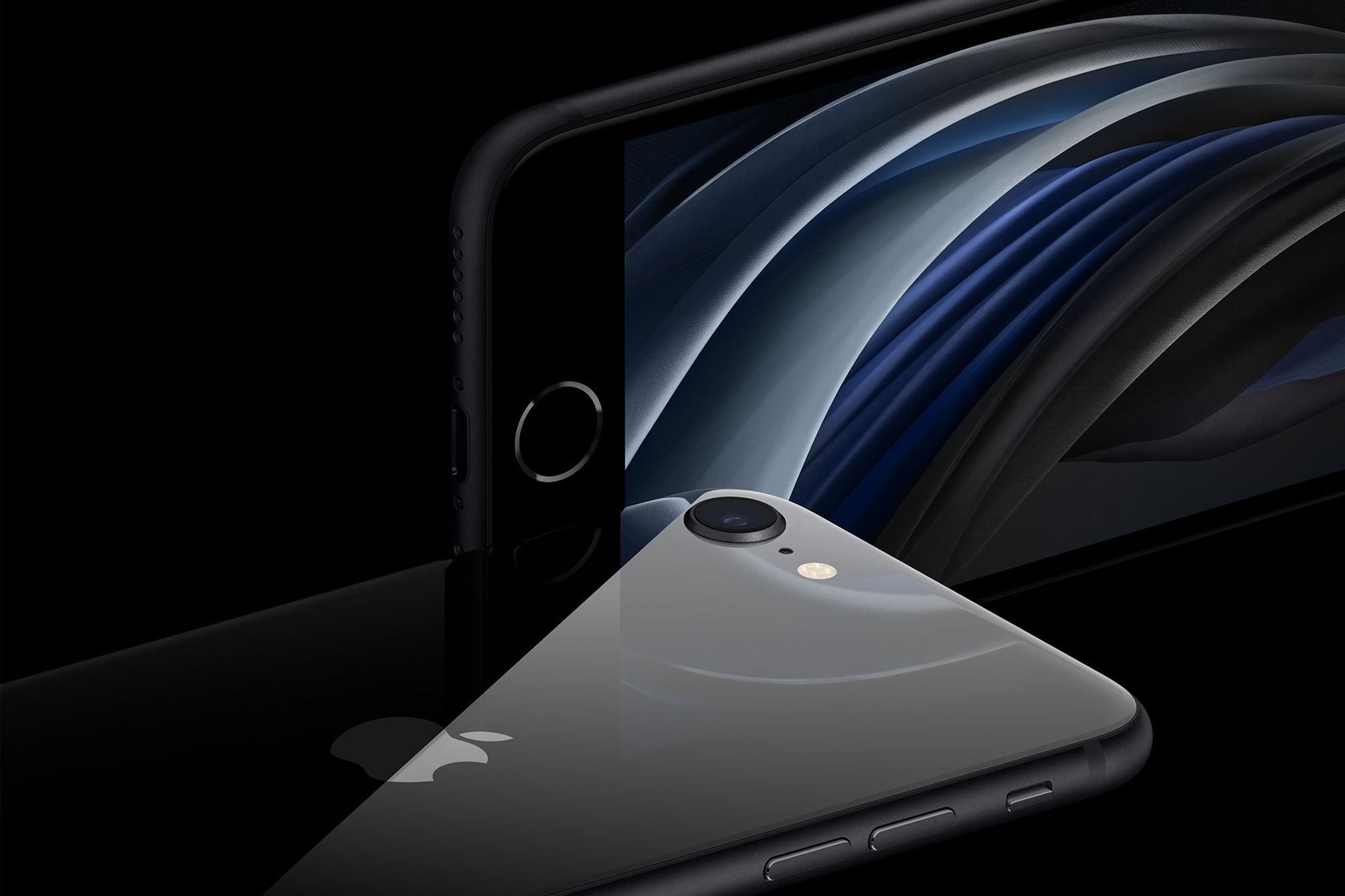Highlights
- Tech leaks offer unauthorized glimpses into future products, blending fact with speculation.
- Misinformation can lead to widespread hoaxes, as seen with the Gmail shutdown rumor.
- Manufacturers sometimes intentionally leak info to generate buzz.
- Distinguishing credible leaks from rumors is crucial in the hyper-connected world of tech.
The words “rumour has it” has always been contested in the world of technology.
Distinguishing between credible leaks and baseless gossip has become a formidable challenge.
Recent weeks have seen a flurry of speculation, from unfounded rumours about Gmail’s demise to confusion over the Nothing Phone (2a) design, and even whispers of Google inspiring the iPhone 16’s camera layout.
This frenzy of speculation begs the question: what role do these leaks and rumours play beyond their face value?
Are they merely a byproduct of our hyper-connected society, or do they serve a more strategic purpose in the tech world’s grand scheme?
Let’s find out.
The Anatomy of a Leak

Leaks, in essence, are unauthorised snippets of information about upcoming products, often shared by insiders or discovered within certification sites.
Unlike rumours, which mix hearsay and speculation, leaks usually have a tangible basis.
Yet, the line between the two can blur, especially when misinformation spreads.
For instance, initial renders of the Nothing Phone (2a) misled enthusiasts, only for corrected designs to later surface.
Similarly, leaked images of Google’s Pixel Fold 2 contradicted earlier reports, showcasing a notable design revision.
These incidents show that the unpredictable nature of tech leaks and the need for cautious optimism.
From Hype to Hoaxes

As such, the tech world is no stranger to hoaxes, where a kernel of truth can spiral into misleading narratives.
A recent misconception that Google would discontinue Gmail is a prime example, demonstrating how easily facts can be twisted.
Occasionally, some of these leaks might even stem from the manufacturers themselves, a calculated move to drum up anticipation.
However, when not managed carefully, such strategies risk overshadowing existing products, potentially impacting sales.
The psychological tug-of-war between waiting for the “next big thing” and succumbing to the allure of current models shows just how much consumer behaviour is modified by hearing about leaks.
Some may postpone purchases, entranced by the promise of future innovations, while others, impatient for the new and novel, might opt for the latest model available, regardless of impending releases.
Official Slip-ups and Strategic Reveals

Interestingly, tech giants have occasionally let details slip, intentionally or not.
Notable instances include the premature listing of the Galaxy S24 on a Samsung Caribbean websiteand the accidental reveal of the iPhone SE (2020) on the Apple Store.
These slip-ups, whether strategic or genuine errors, contribute to the buzz surrounding upcoming releases, fueling consumer anticipation.
Of course, there are always rather incredible cases of Pixel phones being ‘leaked’ nearly half a year in adavance.
Navigating the Rumour Mill

Amidst the whirlwind of speculation, discerning fact from fiction is paramount.
While leaks and rumors offer glimpses into the future of tech, they also demand a critical eye to separate valuable insights from mere clickbait.
The allure of leaked information, with all its promise and potential, tests our ability to sift through the noise and focus on credible sources.
FAQs
What differentiates a tech leak from a rumor?
Tech leaks typically stem from unauthorized disclosures of concrete information about upcoming products, often by insiders or through certification listings.
In contrast, rumors may rely more on hearsay and speculation, lacking a solid foundation of proof.
How can tech leaks and rumors influence consumer behavior?
Leaks and rumors can significantly impact consumer decisions, causing some to delay purchases in anticipation of new releases. Conversely, the excitement generated by leaks might compel others to buy current models, fearing they might miss out.
Are manufacturers responsible for some leaks?
Yes, in some cases, manufacturers deliberately leak information about upcoming products as part of a marketing strategy.
This controlled release of information can heighten anticipation and interest among potential buyers.
How do tech companies handle accidental leaks?
Accidental leaks, such as premature product listings on official websites, are usually quickly rectified.
However, the initial buzz created by these slip-ups often contributes to increased consumer interest.
What’s the best way to navigate the flood of tech leaks and rumors?
To navigate the flood of tech leaks and rumors, it’s essential to rely on reputable sources and maintain a healthy skepticism.
Being critical of the information and considering the source’s credibility can help distinguish fact from fiction.
Also Read: Nothing Phone (2a) Latest Renders Leak Showing Two Colour Options
Also Read: iPhone 16 Series Leak Shows Enhanced Battery Capacities and More
Also Read: iPhone 16 Leak Reveals New Design and Colour Options Ahead of Launch
